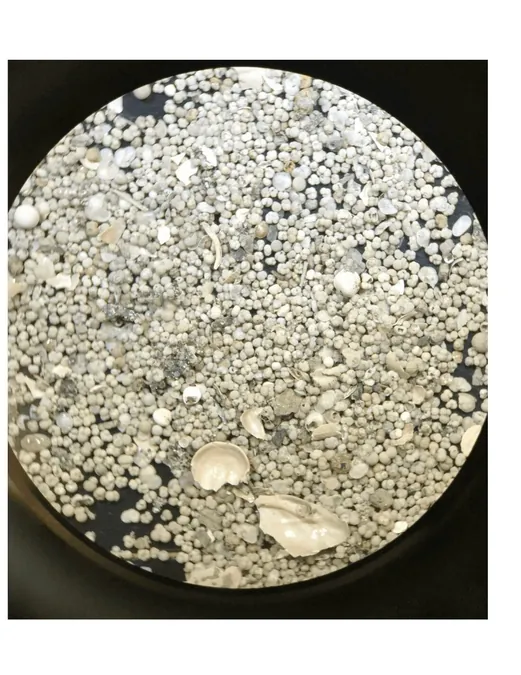
Unveiling the Past to Predict the Future: How Ice Age Insights May Transform Our Understanding of El Niño Patterns
2024-09-25
Author: Liam
As we grapple with the repercussions of climate change, a new study led by researchers at the University of Arizona offers a glimmer of hope by linking knowledge from the last ice age—approximately 20,000 years ago—to potential changes in the El Niño weather patterns. This groundbreaking research, published in the esteemed journal *Nature*, showcases the intricate dance between ancient climatic events and today’s pressing environmental concerns.
Understanding El Niño
El Niño, a prominent climate phenomenon characterized by unpredictable yet periodic warming of sea surface temperatures in the central and eastern Pacific Ocean, significantly disrupts global weather patterns. This disruption can trigger extreme weather events, including severe droughts, devastating floods, and prolonged heatwaves, affecting agriculture, infrastructure, and ecosystems worldwide.
Insights from the Past
Kaustubh Thirumalai, the study's co-lead author and an assistant professor in the U of A Department of Geosciences, emphasized the profound impact of El Niño: “It’s a formidable force of nature that can wreak havoc across diverse sectors, from agriculture to aviation.” Given that El Niño events tend to occur every two to seven years, accurately forecasting their future behavior is crucial for global preparedness.
With climate models offering varying predictions—some suggesting increased variations of El Niño, while others forecast a decrease—researchers turned to past climate conditions to enhance their understanding. Specifically, they examined the Last Glacial Maximum, a period during which expansive ice sheets covered large parts of North America and Europe.
Research Methodology
Utilizing the Community Earth System Model, a tool designed to simulate Earth’s climate system and predict future scenarios, the researchers compared modern models with ancient climate data. The modeling phase was conducted by Pedro DiNezo at the University of Colorado Boulder.
To validate their findings, Thirumalai and his team analyzed foraminifera—tiny marine organisms whose shells preserve vital information about past ocean temperatures. These microscopic creatures lock in data about the surrounding seawater as they grow and eventually settle to the ocean floor upon death, providing sediment layers that have remained untouched for millennia.
Findings and Implications
By meticulously examining individual foraminiferal shells, the researchers were able to capture seasonal temperature variations, revealing a more detailed understanding of the Pacific Ocean's climate during the Last Glacial Maximum compared to today. This comparative analysis revealed that variability in El Niño patterns was significantly lower during the ice age, suggesting an impending increase in extreme El Niño events as global temperatures continue to rise.
The implications of these findings are alarming yet crucial for future climate science. With the potential for more frequent and intense weather disruptions due to changing El Niño patterns, regions worldwide may brace for a surge in climate-related phenomena.
Future Directions
This study underscores the importance of utilizing historical data to bolster the confidence in climate models. Thirumalai notes, “If our models accurately simulate past climate changes, they are more likely to provide reliable projections for the future, paving the way for better societal adaptation and mitigation strategies.”
As scientists continue to unravel the complexities of our climate, blending insights from the past with advanced modeling techniques may prove essential for understanding and tackling the challenges ahead. The past holds the keys to our future—let’s hope we are wise enough to use them.









 Brasil (PT)
Brasil (PT)
 Canada (EN)
Canada (EN)
 Chile (ES)
Chile (ES)
 España (ES)
España (ES)
 France (FR)
France (FR)
 Hong Kong (EN)
Hong Kong (EN)
 Italia (IT)
Italia (IT)
 日本 (JA)
日本 (JA)
 Magyarország (HU)
Magyarország (HU)
 Norge (NO)
Norge (NO)
 Polska (PL)
Polska (PL)
 Schweiz (DE)
Schweiz (DE)
 Singapore (EN)
Singapore (EN)
 Sverige (SV)
Sverige (SV)
 Suomi (FI)
Suomi (FI)
 Türkiye (TR)
Türkiye (TR)